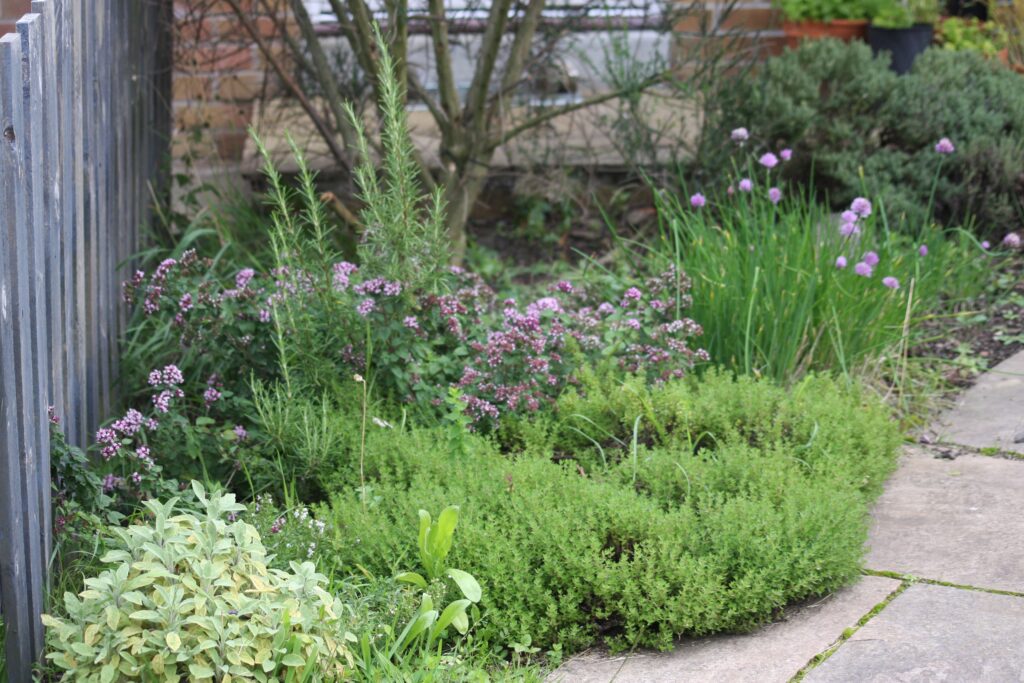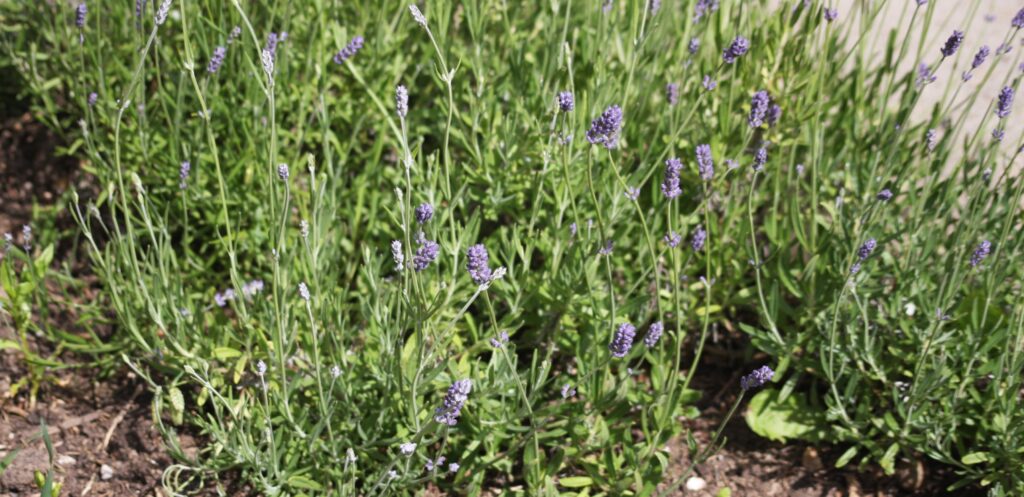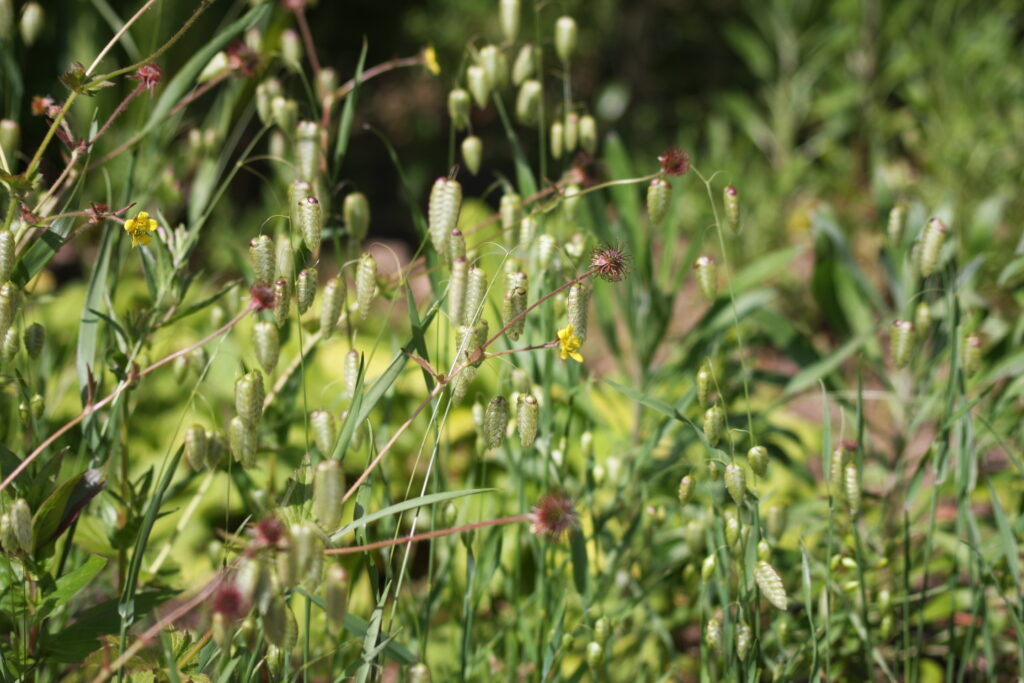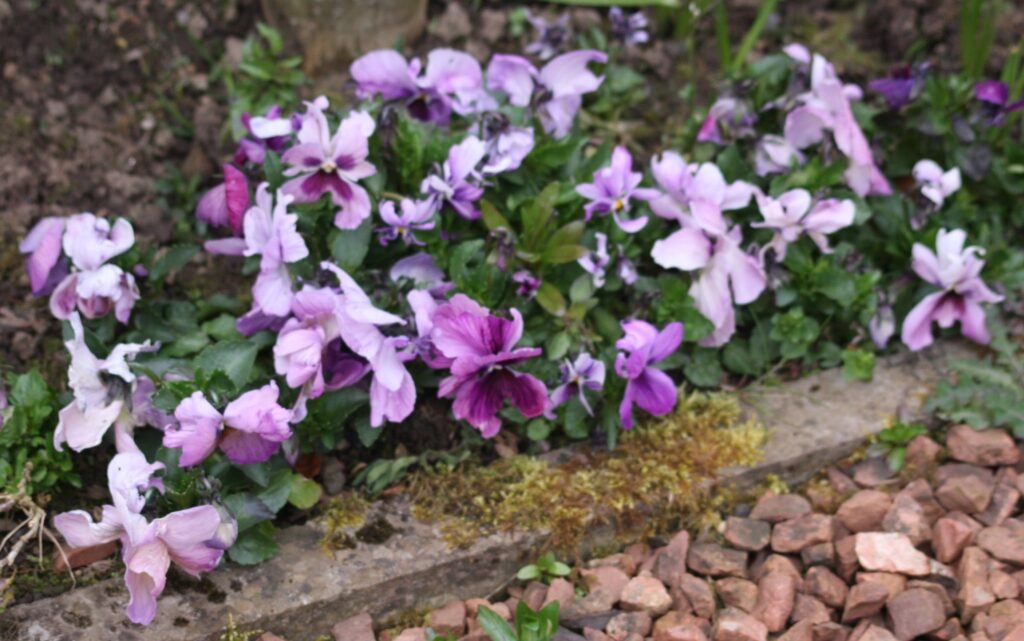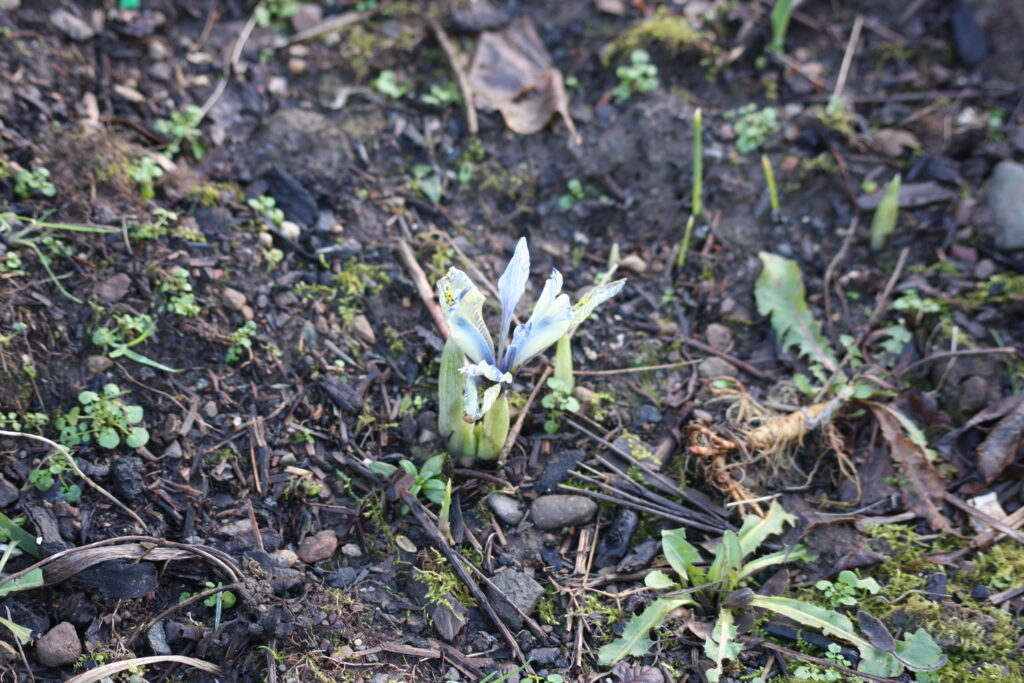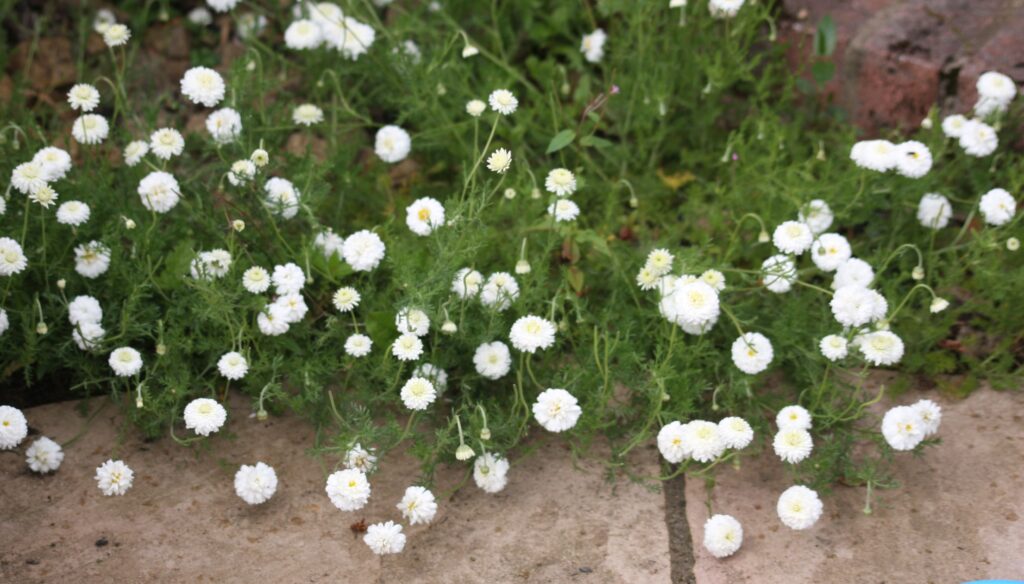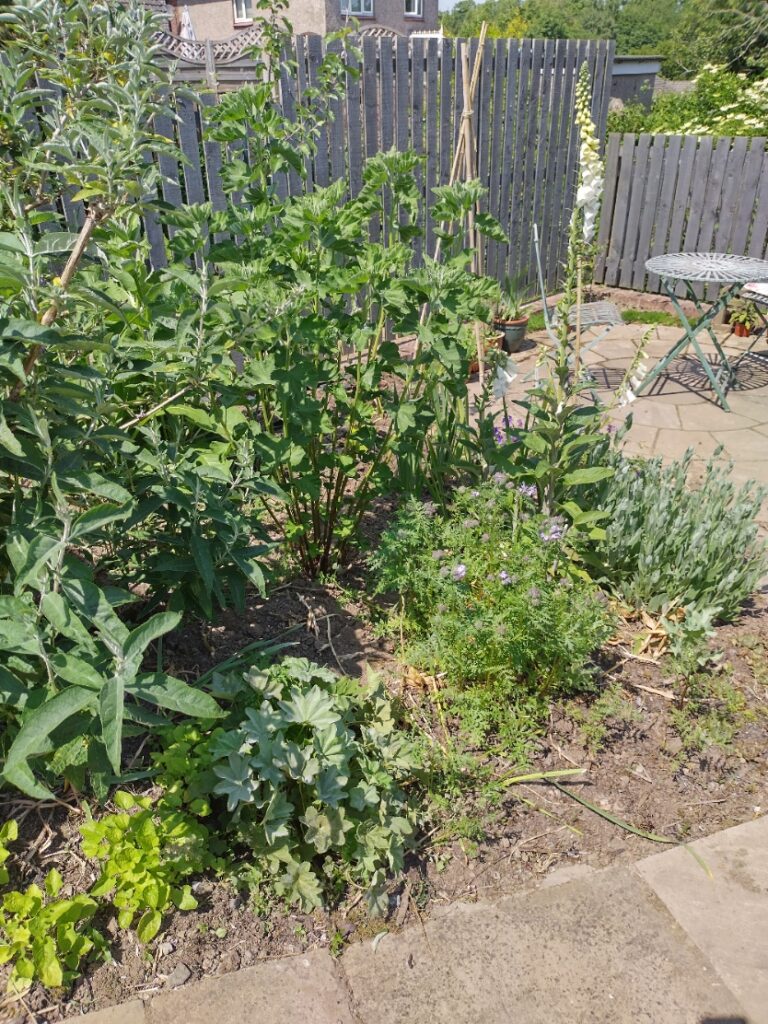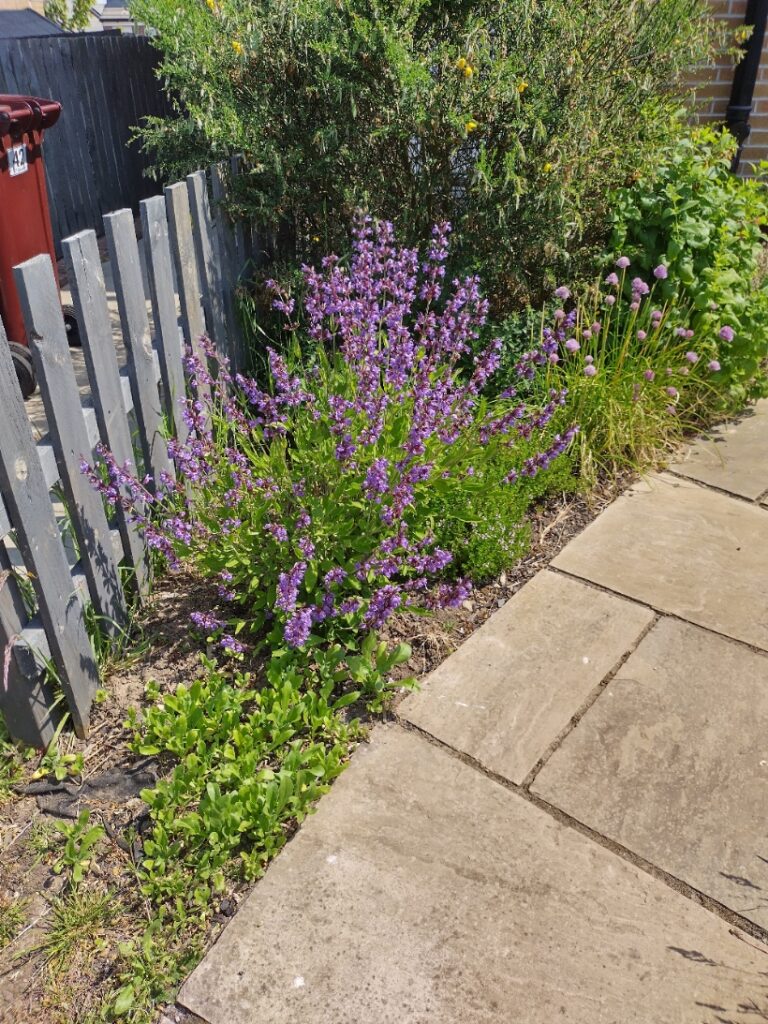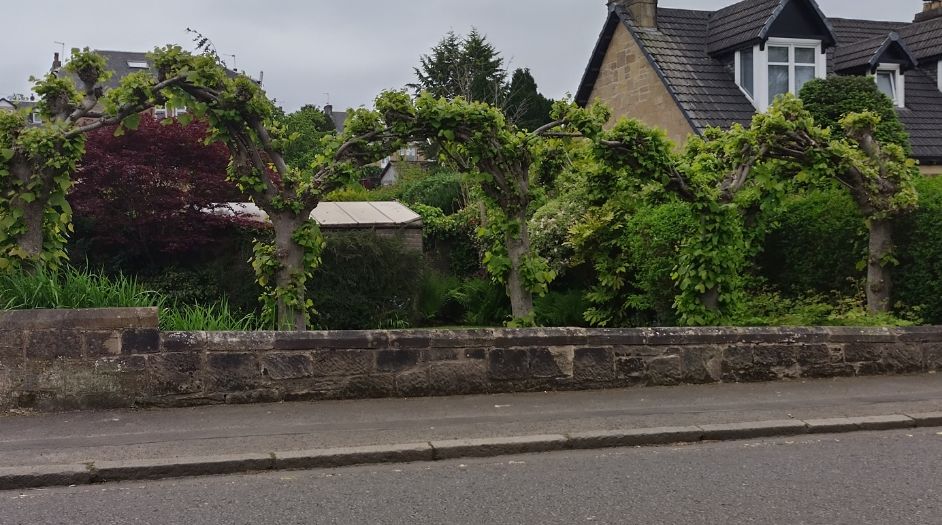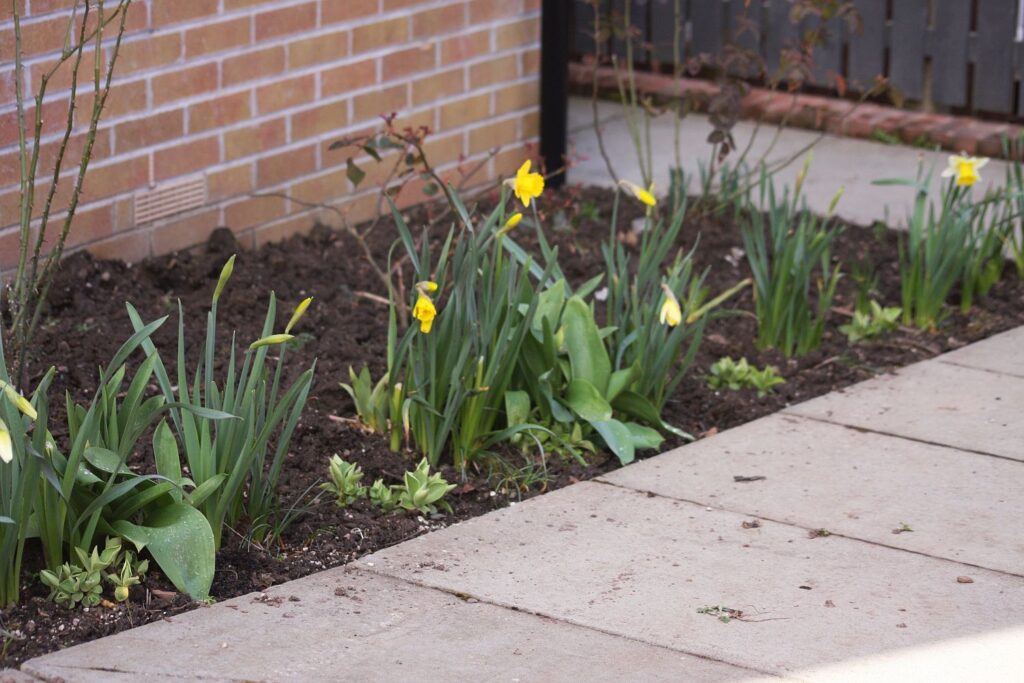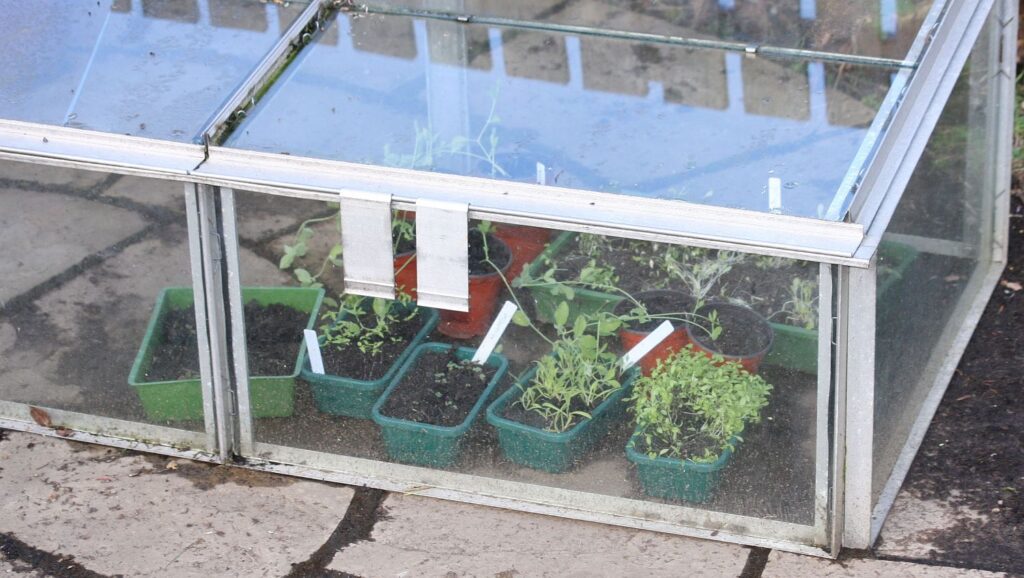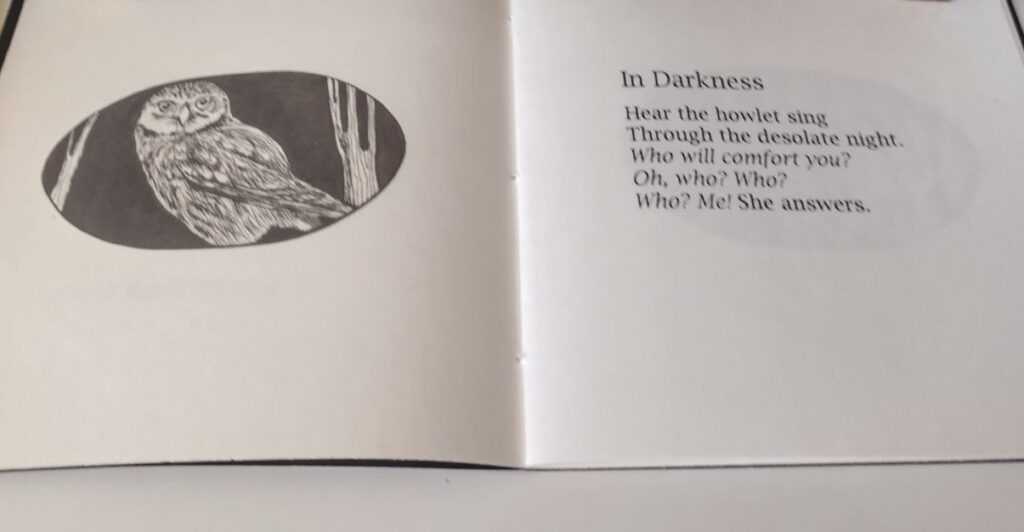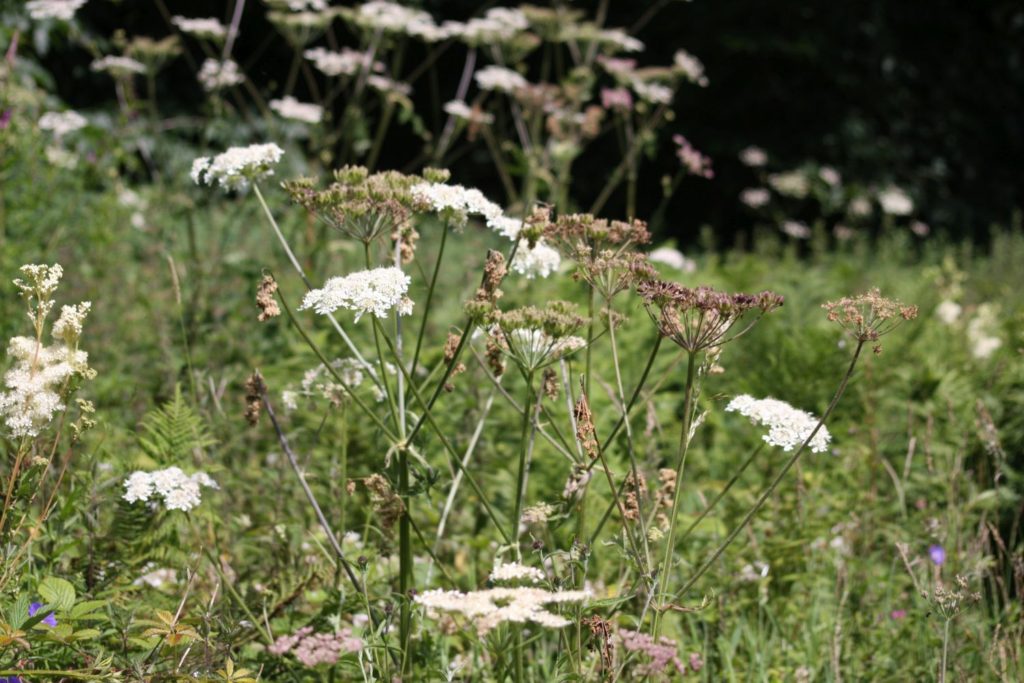Yes, it is. The festivals are on in Edinburgh, the grandchildren are back to school (oldest for the last time, good grief!)There are apples ripening on the tree and my social media is full of posts about blackberries and fungi. Swifts are gone, the first wasps and house spiders are beginning to show themselves, and we have three (3!) tomatoes in the greenhouse. I’m going to have to find some form of heating for the late springs and cold wet pretendy summers we are probably going to see from now on.
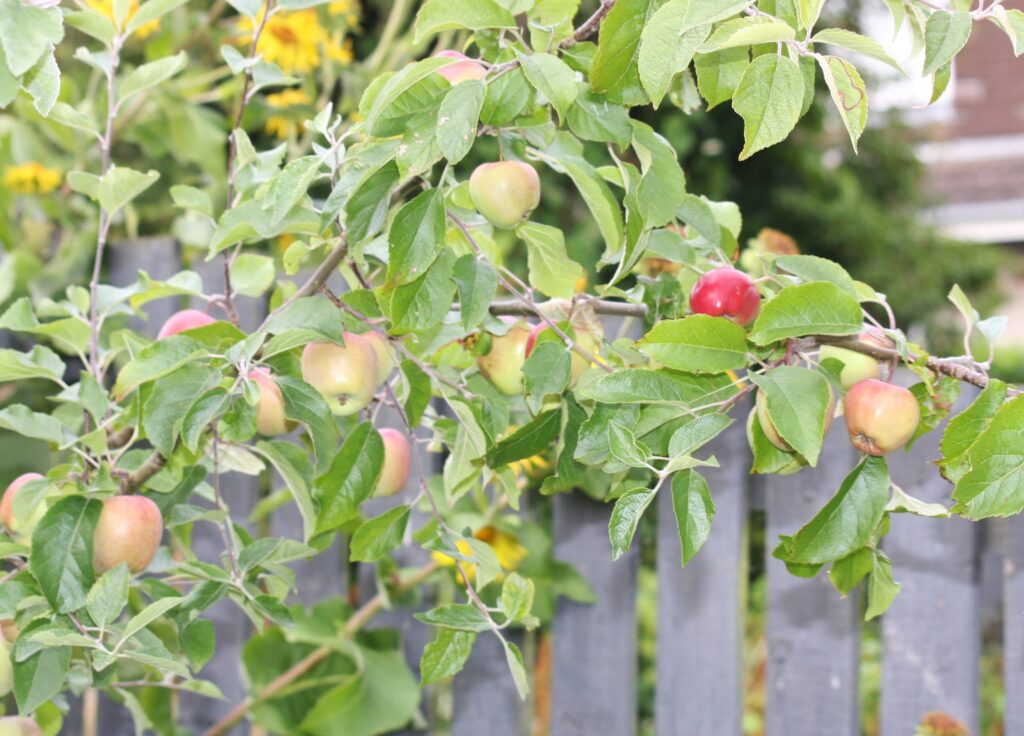
I am saving dried flowers and herb seeds now, and already looking at the garden with an eye to next year. I’m planning a brash vulgar row of pots of tulips in flamboyant reds and golds and purples along the front fence, and concentrating all the cool white classical bulbs in one lavish pot by the front door. There will be a tone of clearing and weeding to be done and clearly some things have settled in rather too well and will have to be curbed.
It’s almost three years since we came here, and I confess my first strategy was mostly centred on how to get everything in. I’m beginning to feel I know the place a bit better now and some actual design work is possible. I’m starting with the magical border, the one with the Nine Herbs in it, which is dominated by mallow and elecampane, both of which are twice the size I expected them to be. They will have to be cut back and the mallow may well have to be moved altogether, though as it is currently about eight feet high, I dread to think how much work that will take. I’m planning to add mullein and some more marigolds, because it needs a bit more colour, but I’m looking for something red or purple for impact.
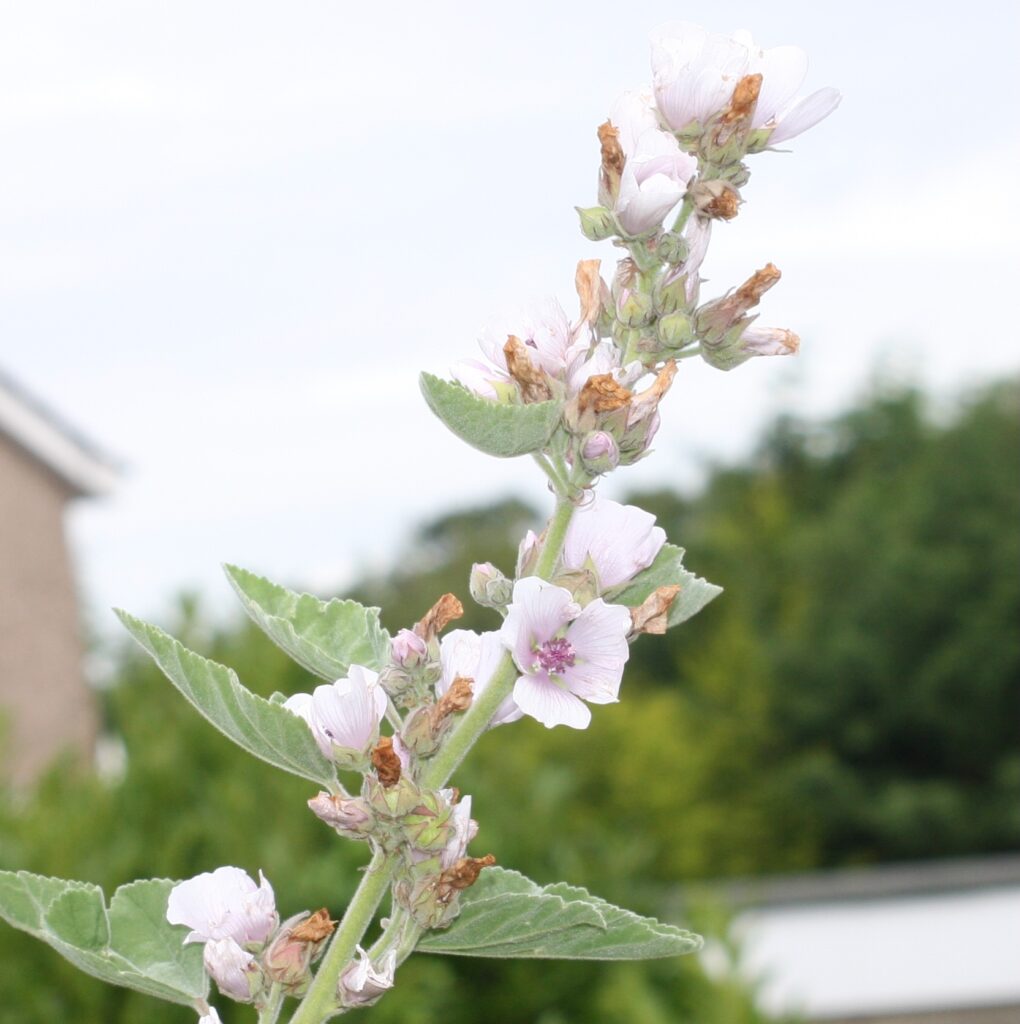
There is a lot of focussing on design going on in other parts of my life now too. As people who have met me in real life may know, I came to a complete standstill earlier this year, following last year’s turbulence, and I have being doing a lot of rethinking and rediscovery. I got very discouraged about my writing, and indeed about almost everything, and most of this year has been about sorting myself out.
I’ve had a lot of help and support from many of my fellow poets, and The Midsummer Foxes has had an injection of enthusiasm and inspiration. The non-fiction book I have been planning actually has a structure now and I have hauled myself out of the habit of rampaging in all directions and trying to get everything in (bit of a theme developing here, no?). I’ve learned to acknowledge the amount of time I put into my caring responsibilities, and the impact this has on what I’m able to do, and also the amount of experience I’ve built up in other fields, which gives me strengths I didn’t know I had.
So following all that, I am planning a new website, which means, after about twenty years, leaving the Burnedthumb domain behind. It will launch sometime between the equinox and hallowe’en, and its function will be slightly different from this one. There will be fewer blogposts, mostly containing updates, and the sort of content I’ve been putting here will be in the newsletters – seasonal reflections, short reviews, bits of herbal knowledge I’ve come across and so on. I want to write more longer form pieces for publication elsewhere, which I will link to as they arise.
So please sign up for the newsletter (link on the Contact page) if you like this sort of thing. I’m using Buttondown because it won’t harvest your data, and it’s easy to unsubscribe, and letters go out around every six weeks or so. There will be more news about this as I go on, and a bit of a tweak in the shop, maybe a sale offer or two.
